Rising Cyber Threats
The Consumer Cybersecurity Software Market is experiencing a surge in demand due to the increasing frequency and sophistication of cyber threats. Reports indicate that cybercrime is projected to cost businesses over 10 trillion dollars annually by 2025. This alarming trend compels consumers to seek robust cybersecurity solutions to protect their personal data and digital assets. As individuals become more aware of the potential risks associated with online activities, the need for effective cybersecurity software becomes paramount. Consequently, this heightened awareness drives growth in the Consumer Cybersecurity Software Market, as consumers prioritize their online safety and privacy.
Regulatory Compliance
The Consumer Cybersecurity Software Market is significantly influenced by the evolving landscape of data protection regulations. Governments worldwide are implementing stringent laws to safeguard consumer data, such as the General Data Protection Regulation (GDPR) and the California Consumer Privacy Act (CCPA). These regulations compel organizations to adopt comprehensive cybersecurity measures, thereby increasing the demand for consumer cybersecurity software. As compliance becomes a critical factor for businesses, consumers are more likely to invest in software solutions that ensure adherence to these regulations. This trend not only enhances consumer trust but also propels the growth of the Consumer Cybersecurity Software Market.
Increased Digitalization
The rapid digitalization of various sectors is a key driver for the Consumer Cybersecurity Software Market. As more individuals engage in online transactions, remote work, and digital communication, the potential for cyber threats escalates. Data from recent studies suggests that the number of internet users has surpassed 5 billion, creating a vast landscape for cybercriminals. This surge in digital activity necessitates the implementation of effective cybersecurity measures, prompting consumers to invest in software solutions that offer protection against potential breaches. Thus, the ongoing digital transformation is likely to bolster the Consumer Cybersecurity Software Market.
Technological Advancements
The Consumer Cybersecurity Software Market is being propelled by rapid technological advancements in cybersecurity solutions. Innovations such as machine learning, artificial intelligence, and behavioral analytics are enhancing the effectiveness of cybersecurity software. These technologies enable software to detect and respond to threats in real-time, providing consumers with a higher level of protection. As these advancements become more accessible, consumers are more likely to adopt sophisticated cybersecurity solutions. This trend indicates a promising future for the Consumer Cybersecurity Software Market, as technology continues to evolve and improve the security landscape.
Consumer Awareness and Education
The Consumer Cybersecurity Software Market is benefiting from a growing awareness among consumers regarding cybersecurity risks. Educational initiatives and media coverage have heightened public understanding of the importance of protecting personal information online. As consumers become more informed about the potential consequences of cyber threats, they are increasingly inclined to invest in cybersecurity software. This trend is reflected in market data, which indicates a steady rise in consumer spending on cybersecurity solutions. Consequently, the emphasis on consumer education and awareness is likely to continue driving growth in the Consumer Cybersecurity Software Market.


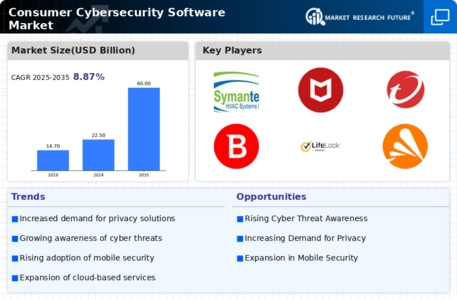
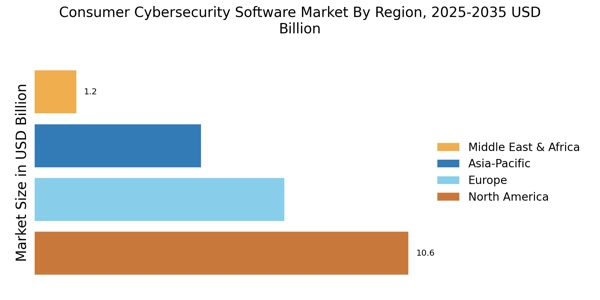
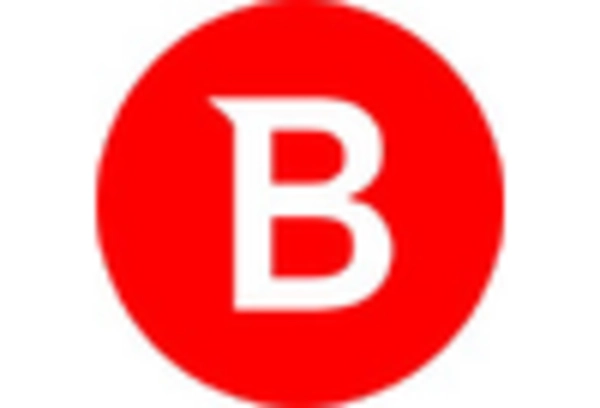
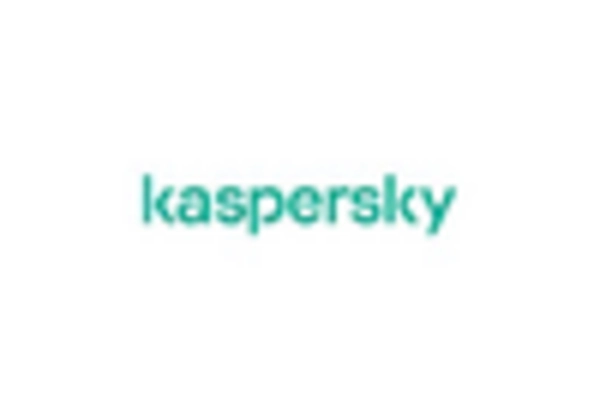
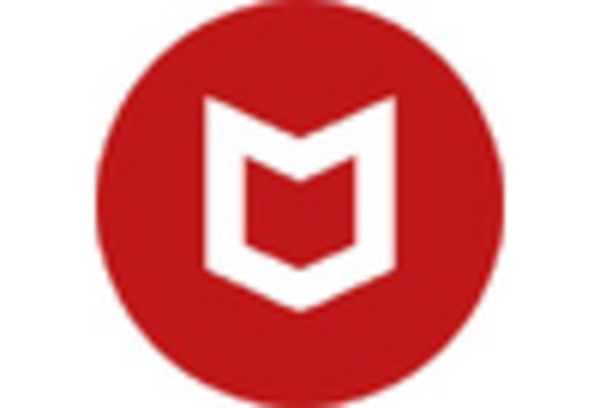
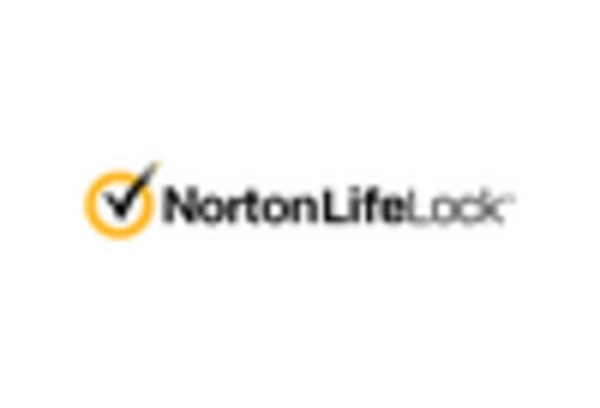
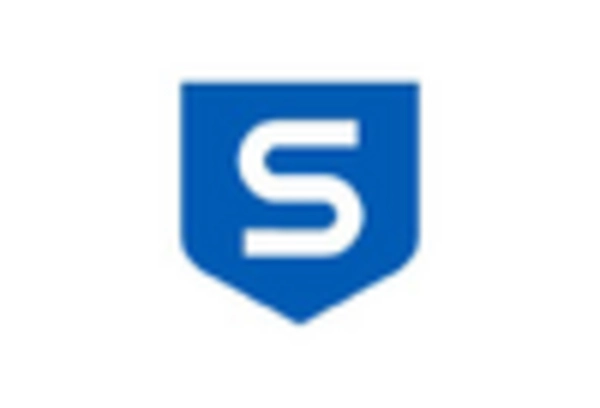
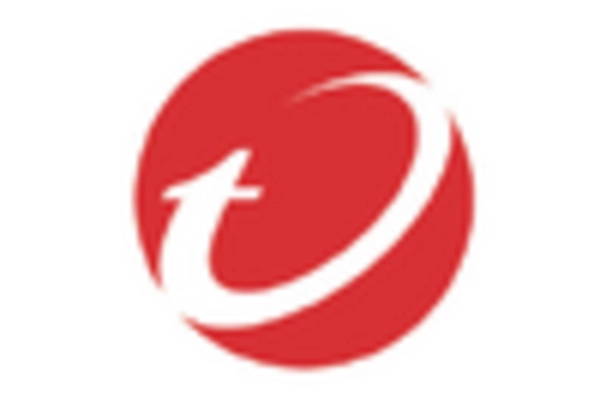








Leave a Comment